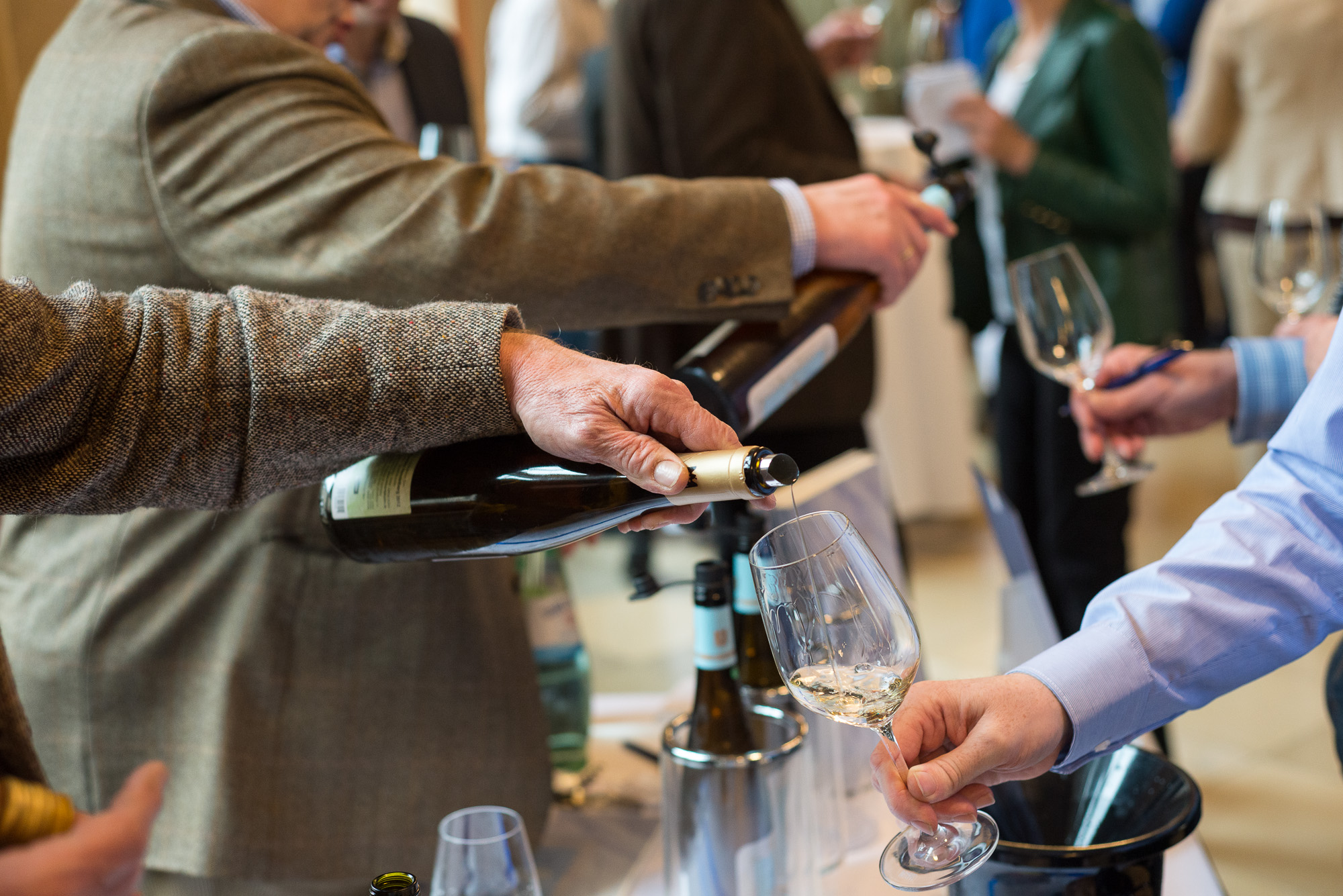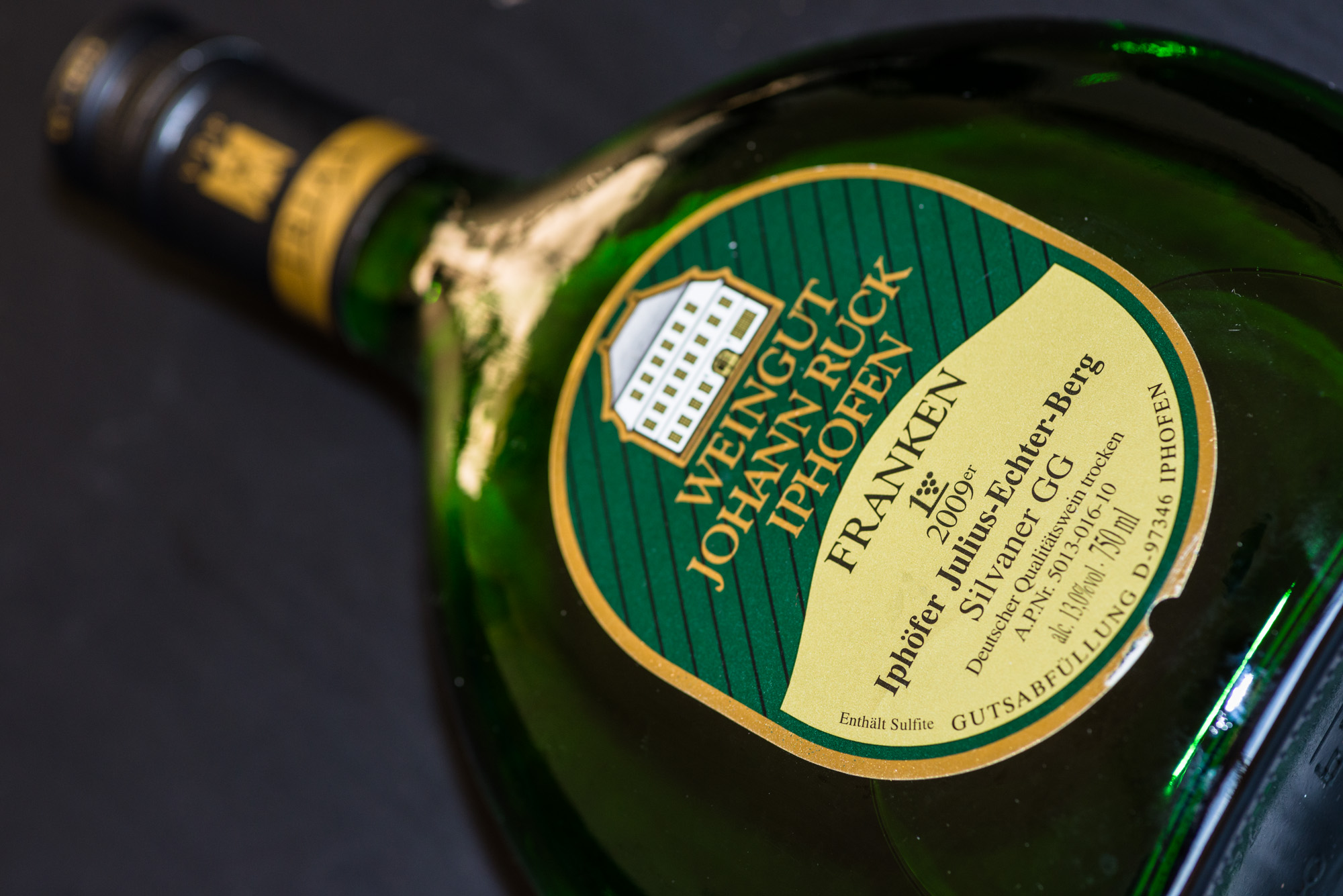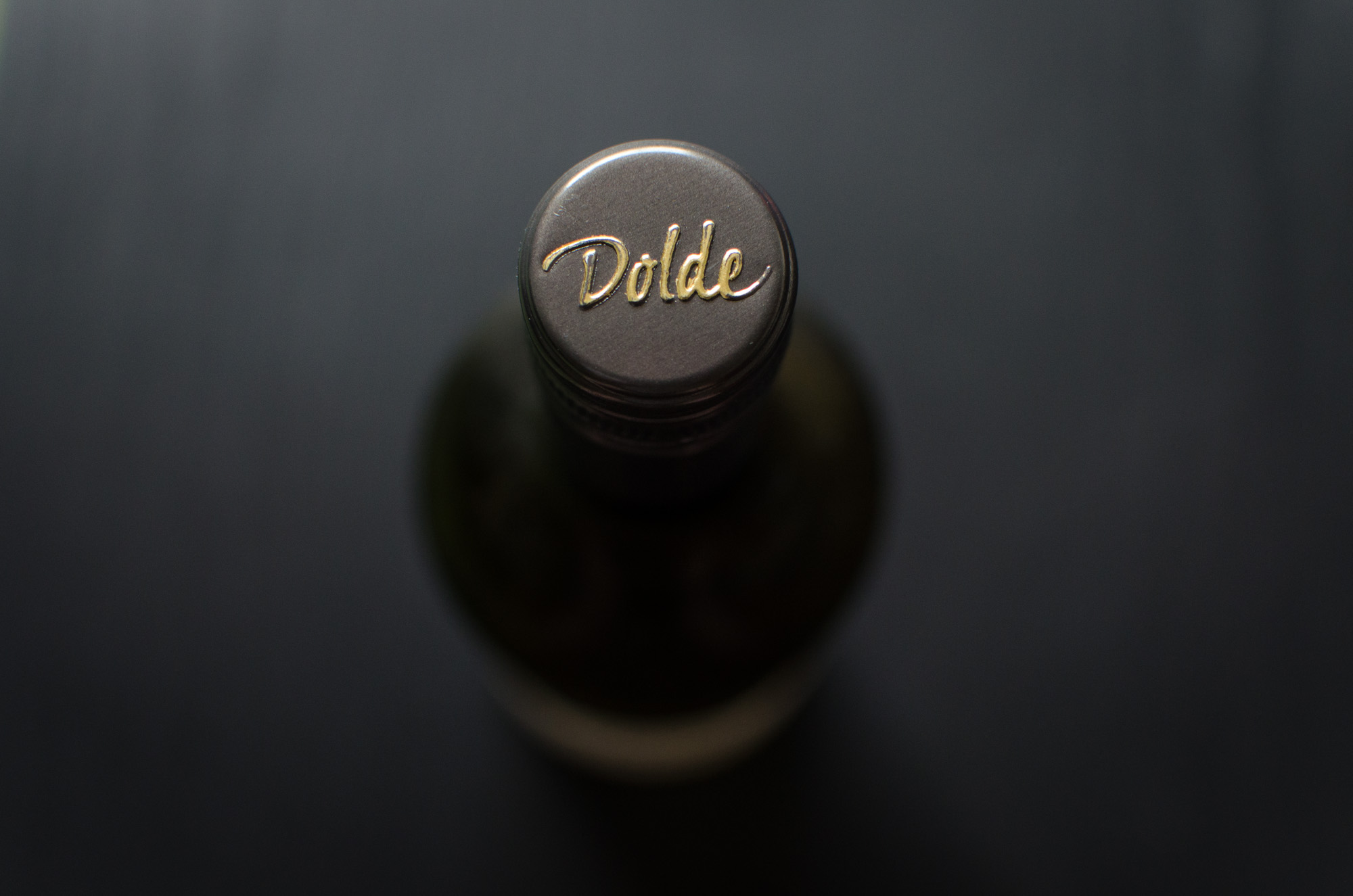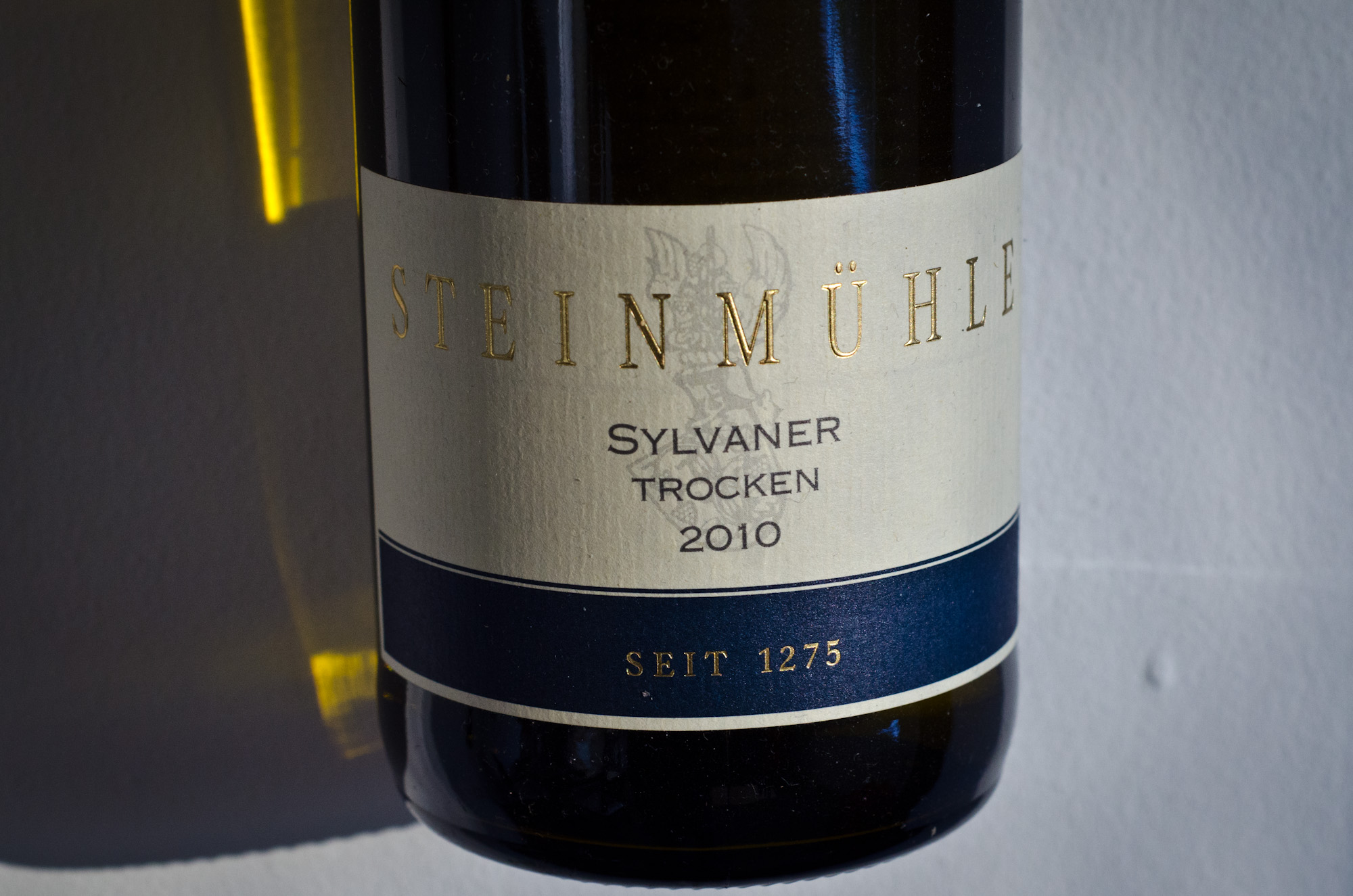Formidable five - presenting the Wine Rambler favourite German Wines of 2012
We could not leave the waning year behind without giving you the official shortlist you've all been nervously waiting for. Just to make sure you don't get the wrong impression: This is a highly subjective parade. It's ours alone, and it's in no way a comprehensive ranking. The following are simply those that impressed and delighted us most out of the minuscule drop of German Wine ocean that we happen to have sampled over the past year. It so happens that all of them were from past vintages, rather than fresh out of the 2011 barrels, but again, that is in no way a judgement on the qualities (or lack thereof) of the current vintage.










